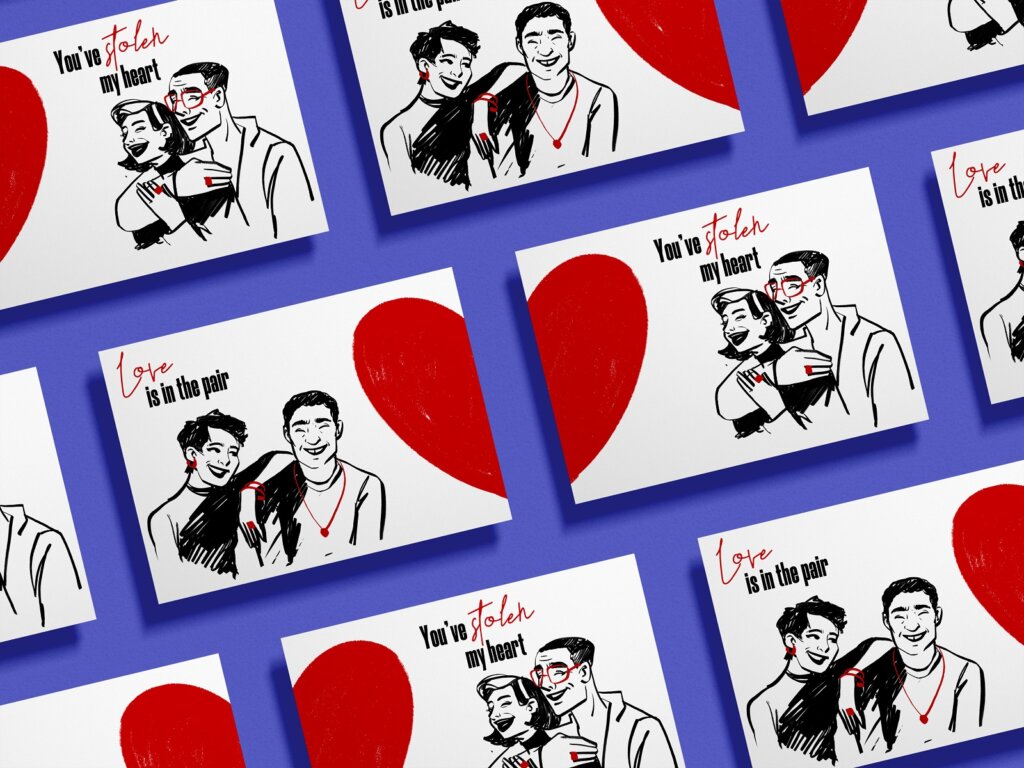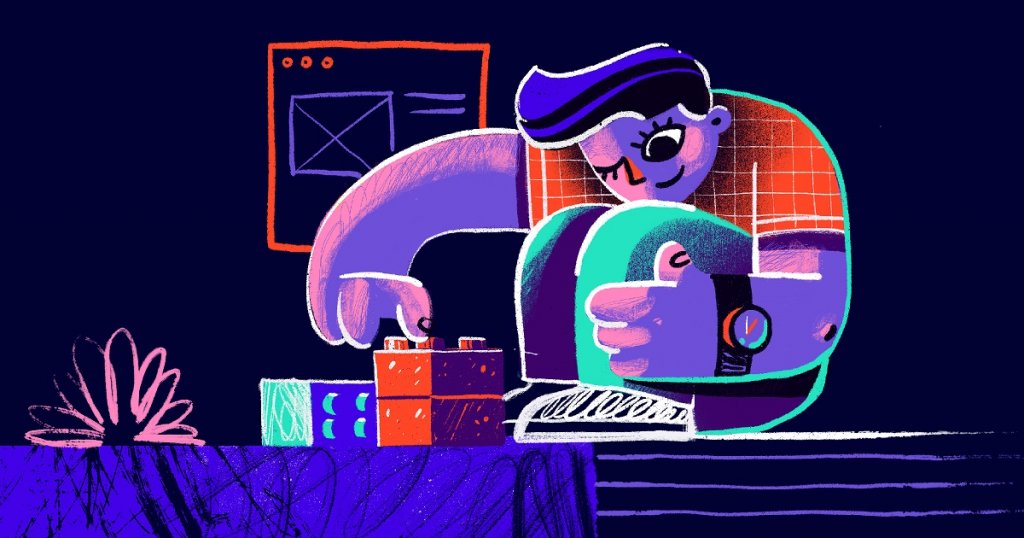A life is always full of challenges, and that is what makes us self-improve again and again. The same pattern works with digital products. When users have challenges to handle and missions to attain, they have reasons to come back to an app or website.
In our previous articles, we described the role of gamification (the technique of exerting game mechanics into the non-game environment) in UX. Also, we explored one of the game mechanics called user journey. Today’s article is devoted to a mission and a challenge as two effective gamification elements. Let’s see how they can be applied in a digital product and what solutions they can bring for efficient UX.
Mission and challenge as game mechanics
Every game provides missions and challenges to the players so that their journey would be exciting and interesting. People go from one mission to another, handling different challenges on their way. Accomplishing the levels, players grow from beginners to professionals, which helps them feel more confident in the world of this game. These game mechanics have the same effect on apps and websites.
Users need the motivation to return to a digital product every day. One of the most powerful motives which move people to do something is a desire to prove that we are able to handle any kind of challenge. So, why not make good use of it? Let’s see what the mission and challenges are in terms of product UX.
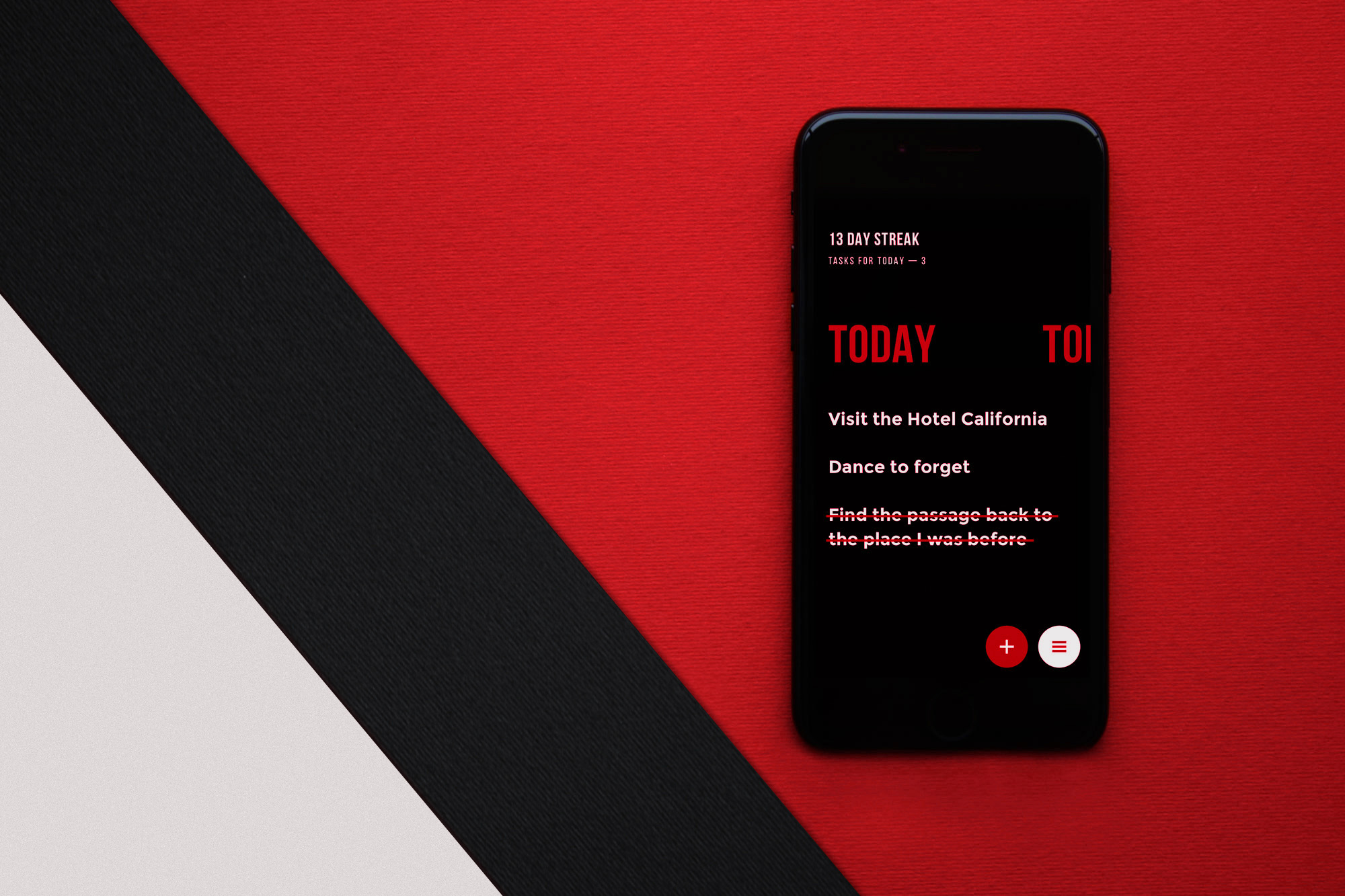
Mission
A mission is basically a task that users need to complete. Missions serve as guidelines that help users adapt to a product. People learn how to use an app and improve their skills by accomplishing one mission after another. There are also repeatable missions that can return every day, week, month, or any other interval. This kind of game mechanics keeps users motivated and engaged daily and makes them constantly go back to a product.
Challenge
Challenges can be compared to the stairways which lead users to the end of a mission. In other words, they are mini-tasks that people need to do to complete a major task. For example, users have a mission to gain a new level of user proficiency so that they could have access to extra features of a product. To complete the task, users must handle certain challenges, such as visiting a website daily for a week.
A mission and a challenge are effective game elements motivating people to take action, which can be great tools on the way to UX improvement. To enhance their effect, it may be a good idea to use some kind of reward so that users could feel even more motivated.
Mission and challenge in digital products
To delve deeper into the topic, let’s see some practical examples of how and where missions and challenges can be applied as effective UX-boosting tools.
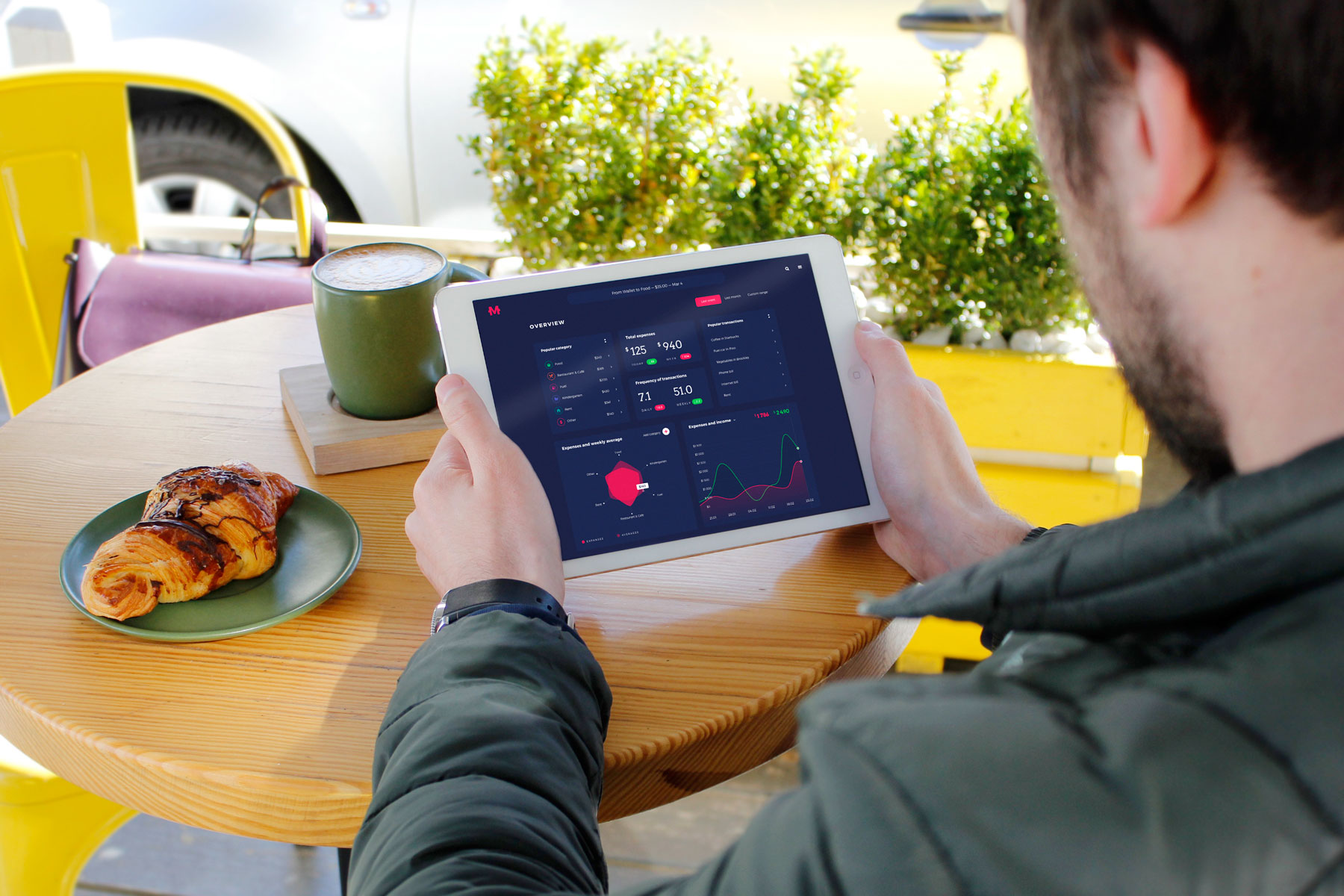
First of all, we need to say that these game mechanics are widely used for educational applications. Learning itself is often a difficult process that requires persistence and motivation to get things done right. That’s why one of the main tasks of educational apps is to keep learners interested and motivated all the time.
Various missions and challenges can work as powerful motivators for people. Game elements are able to make the educational process more dynamic and exciting, especially for young learners. What kind of mission and challenges to choose depends on the type of educational material. For example, language learning apps can challenge users to learn a certain number of words daily.
Another sphere of human life where people challenge themselves day by day is sport. Fitness apps are useful helpers for both amateurs and professional sportsmen. They track our activities as well as show how a body reacts to physical exertion. So, why not add the element of fun? Providing new missions and challenges, fitness apps help people self-improve their sports skills and reach greater heights.
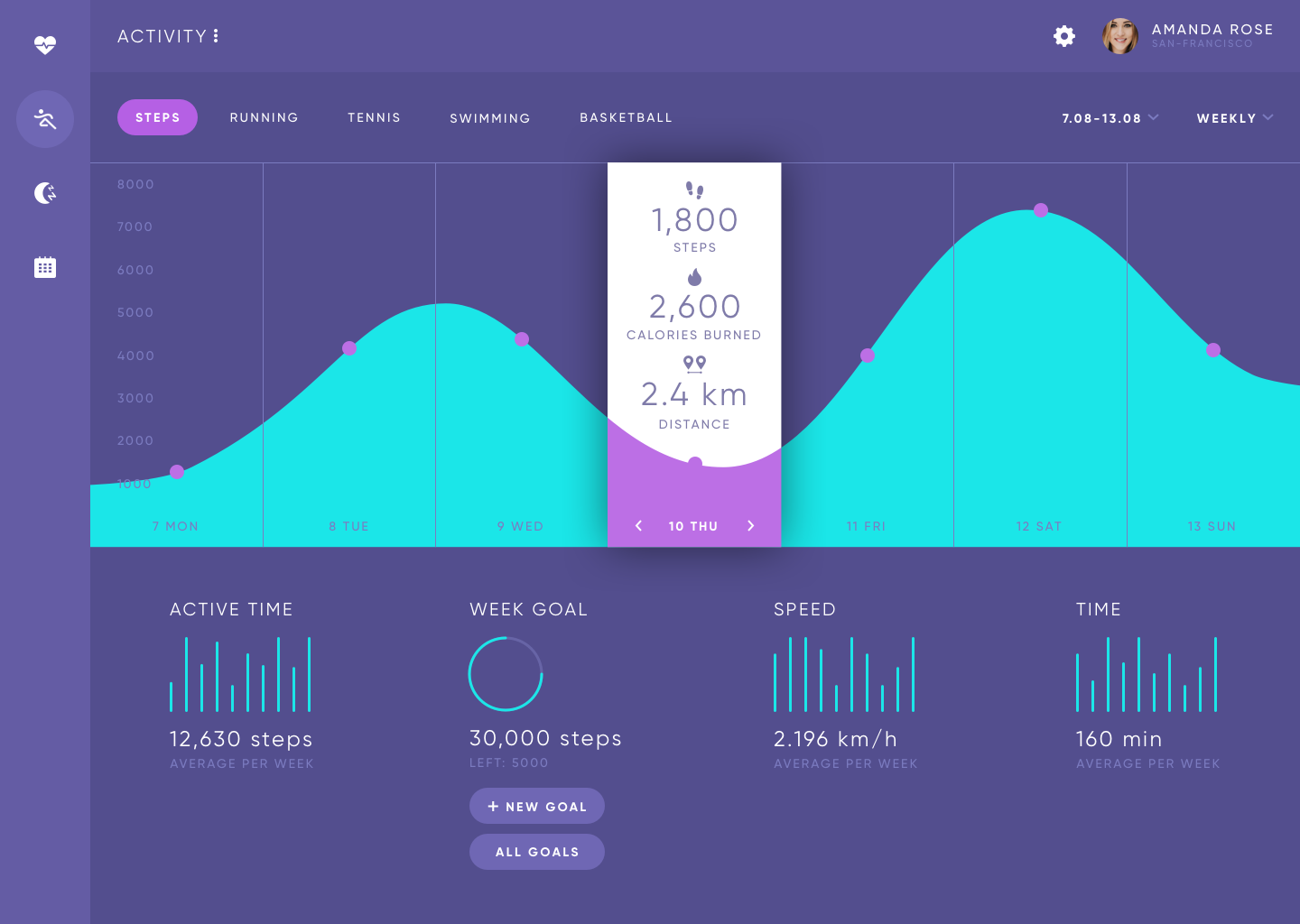
One more example of applying mission and challenges in digital products is alarm apps. To be more specific, let’s see a practical case of the app called Toonie. It is a simple alarm app for iOS which wakes people up whenever they need it. The thing that makes it stand out from the crowd is custom stickers which users receive as a reward for handling challenges such as waking up at a certain time. This way, users turn into collectors and take one challenge after another to gather all the stickers available.
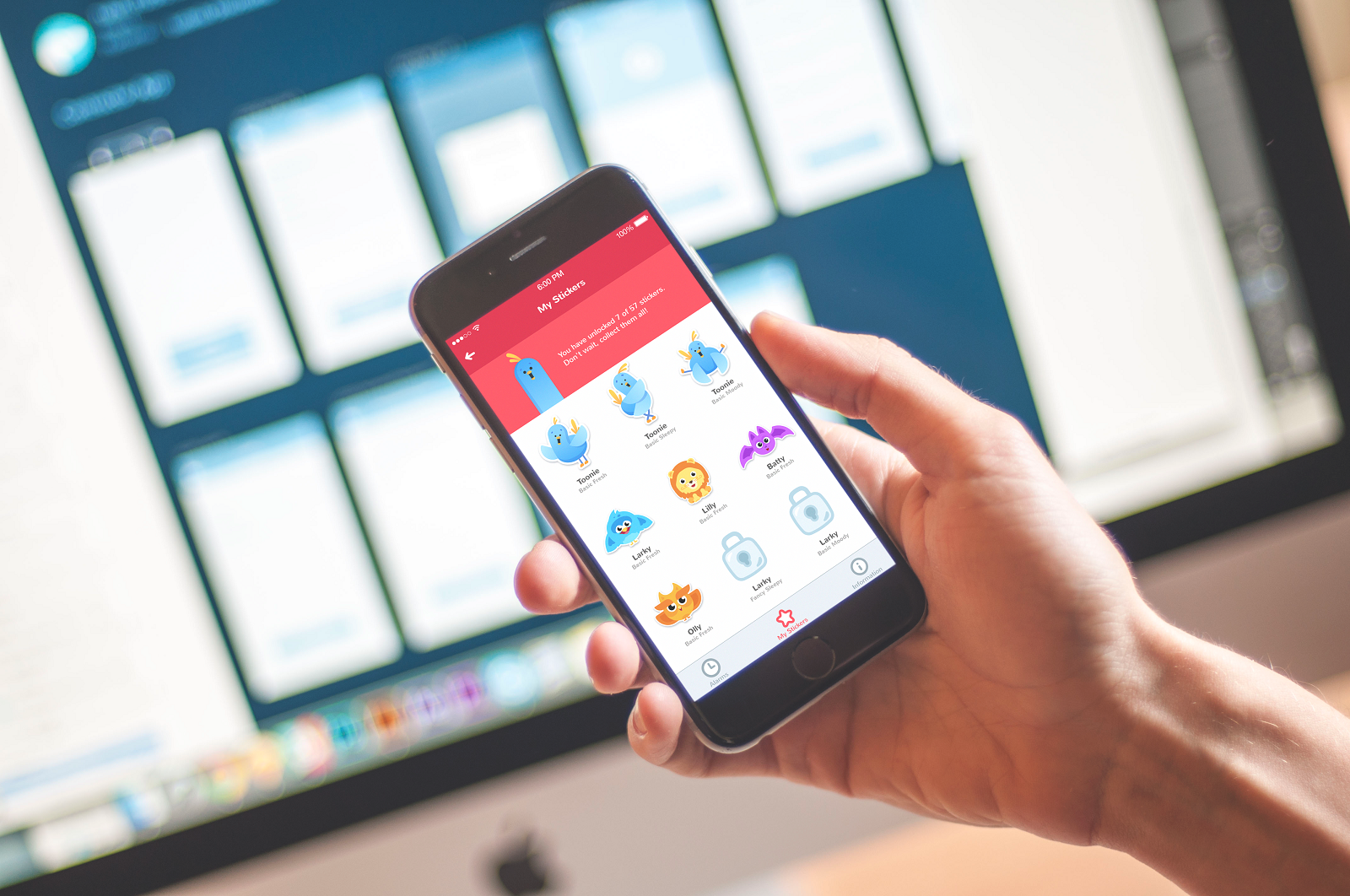
These are only a few examples of how missions and challenges are applied to products. Designers can experiment with game mechanics and apply them to the most ordinary digital products. This way, they may add the element of uniqueness.
When and why to apply mission and challenge
To define if missions and challenges suit your project, let’s see what solutions they may bring to UX.
- Missions help to onboard users who only start their journey. They guide people assisting in adapting to a new interaction and navigation system.
- When users accomplish tasks from applications, they achieve different life goals. For example, by taking challenges such as doing squats every day, they move forward to their big life goal – getting fit.
- Challenges are strong motivators that induce users to take the expected actions. They are effective tools assisting in increasing user engagement.
- Game elements such as a mission and challenge add interactivity to digital products.
- They can bring the element of fun to an ordinary product making it stand out of the crowd.
- Missions and challenges make people return to an app or website more often because some tasks require constant actions within a product.
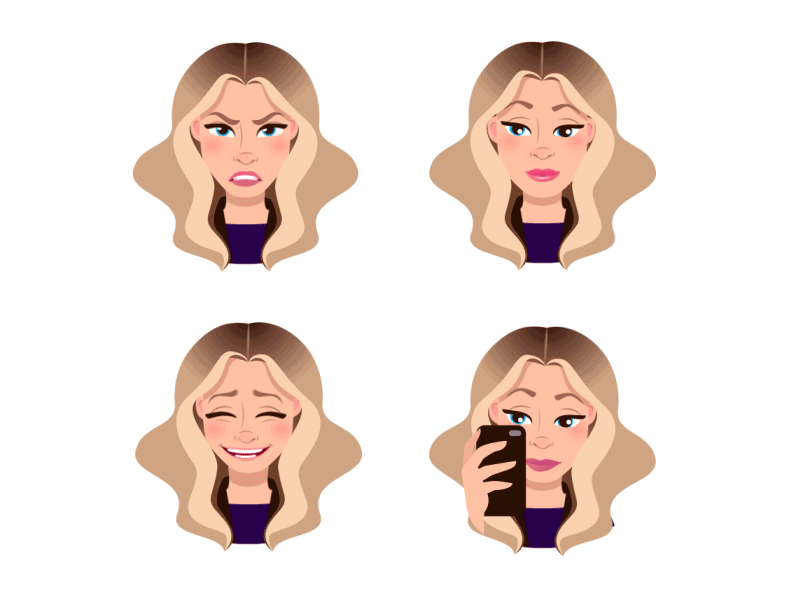
Animated stickers for Mood Messenger
Gamification may not work well for some products. Everything depends on the business goals which stand behind a product as well as the solutions that it brings to users. Before you start the gamification process, you need to consider the peculiarities of a target audience and learn if the game elements respond to the users’ needs.
- Make sure the potential users will have time and desire to take on the challenges. In some cases, people just need to use a product quickly and leave it till the next.
- Missions and challenges should be optional to attain. Even if the target audience is inclined to challenges, there is still a part that would prefer to skip the tasks.
- Keep the level of gamification in balance. Depending on the type of product, choose the number of missions and challenges as well as their level of difficulty.
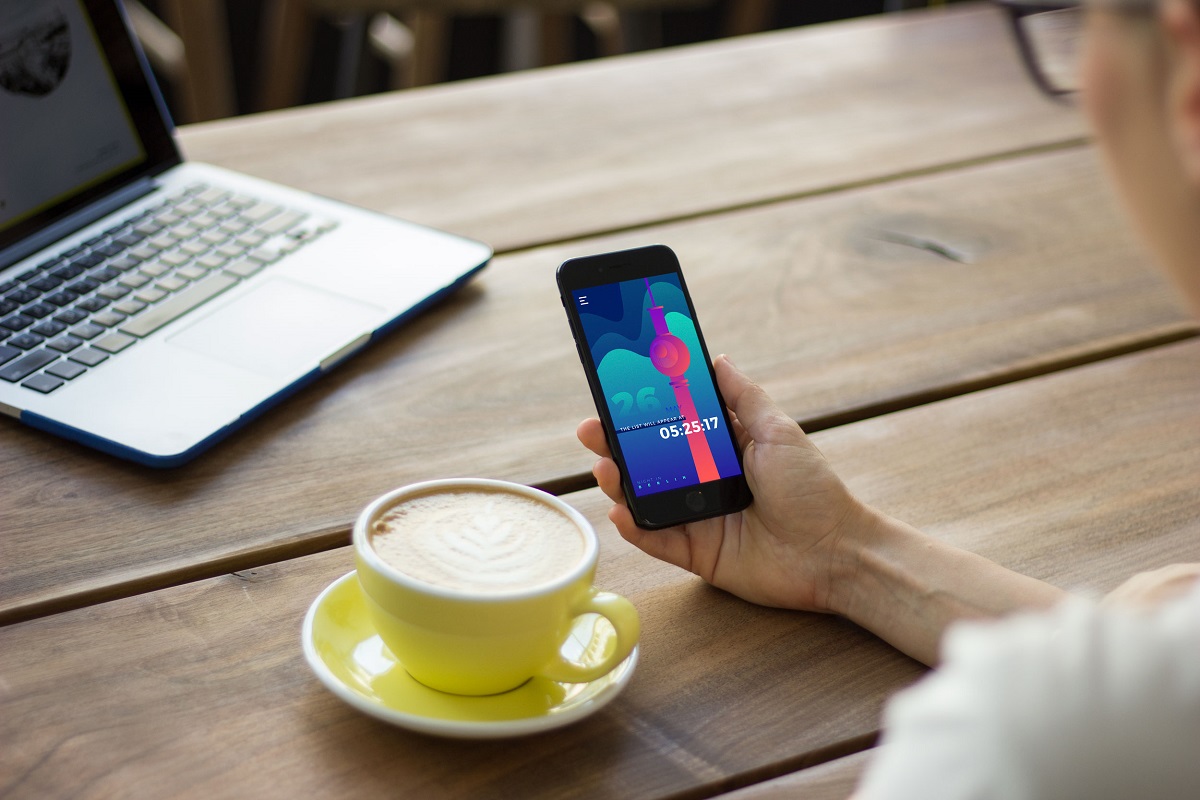
Motivation is a powerful engine that makes people move forward. Challenges and missions are the game mechanics serving as motivators for users. Curiosity and excitement drive people to continue performing various missions and handling and spending more time on an app or a website. Stay tuned!
Recommended reading
Gamification in UX. Increasing User Engagement
Gamification Mechanics in UX: Smart User Journey
Challenge Accepted! The role of challenge for gameful design
UX Design: Types of Interactive Content Amplifying Engagement

